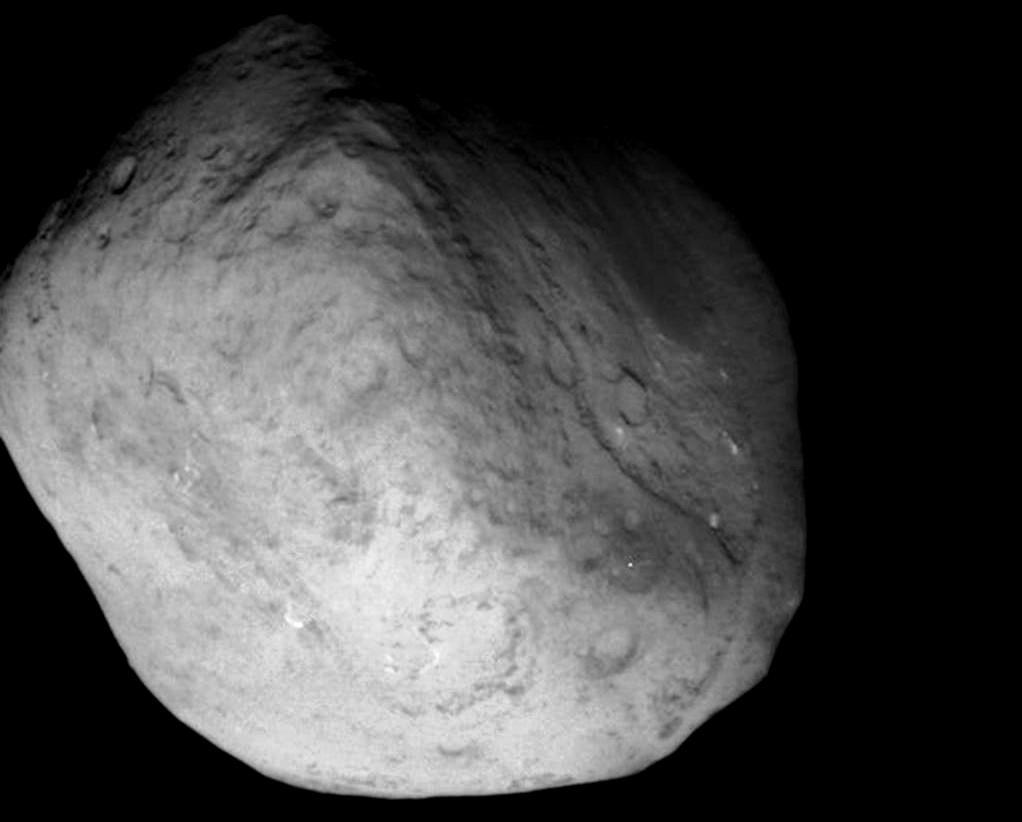
You are here
- Home
- Musings on Rosetta's dust findings
Musings on Rosetta's dust findings
by Dr Simon Green, the Open University
The Philae landing date is approaching and the excitement is building… especially as the unusual shape and structure of the nucleus presents such a challenge to a successful landing. I don’t know why we were all surprised when we saw the images for the first time – every comet that has been visited by spacecraft has been different and produced its own surprises.
Although I have not had any direct involvement in the OU’s instrument, Ptolemy, it is impossible not to be excited by the prospect of the first comet landing. However, it is less nerve-wracking when your own involvement is with an orbiter instrument that is already obtaining data and doesn’t have such a critical all-or-nothing moment. I was on the original proposal team at the University of Kent in the early 1990’s for a Dust Flux Analyser, which was selected for flight. Unfortunately all the UK funding for Rosetta was allocated to Colin Pillinger at the OU for Ptolemy and we had to pass on the leadership of the dust instrument (initially to France and then to Italy). I was pleased to be invited by the current PI, Alessandra Rotundi, to take an active role in the data analysis from the instrument, now named GIADA. My particular interest is to see whether the highly structured distribution of dust grains detected during the fast flybys of comets Wild-2 and Tempel-1 by Stardust are common to all comets. I had interpreted the variations in spatial density of up to 105 as the passage of the spacecraft through expanding clouds of small grains resulting from the fragmentation of larger particles. There is tantalising evidence from other spacecraft that this occurs in all comets where it could have been detected, but it is impossible to detect in large-scale ground-based observations.
 Image of Tempel-1 nucelus taken from the NASA Stardust spacecraft Image credit: NASA/JPL-Caltech/Cornell
Image of Tempel-1 nucelus taken from the NASA Stardust spacecraft Image credit: NASA/JPL-Caltech/Cornell
As Rosetta approached its rendezvous I was excited to know if the early dust detections from GIADA exhibited the same type of clumping, to an extent that couldn’t be explained by random encounters with dust in a more uniform outflow. If grain fragmentation did occur then the spacecraft might encounter compact clouds of particles. A single cm-sized dust particle can produce around a trillion micron-sized particles that could coat optical surfaces and be a hazard to the spacecraft. Of course, when the images of the nucleus appeared this seemed the least of our worries…
So, what has GIADA detected so far? Following a workshop in Italy, the team have submitted a manuscript for a special Rosetta issue of the journal Science. If I told you what was in the paper it wouldn’t be accepted! You will have to patient to hear about this and other early results, but I expect the impending landing is of much more immediate concern...
Contact us
Any media enquiries should be directed using the links below:
The Open University
Science and Technology Facilities Council
jake.gilmore@stfc.ac.uk
http://www.stfc.ac.uk/mediaroom